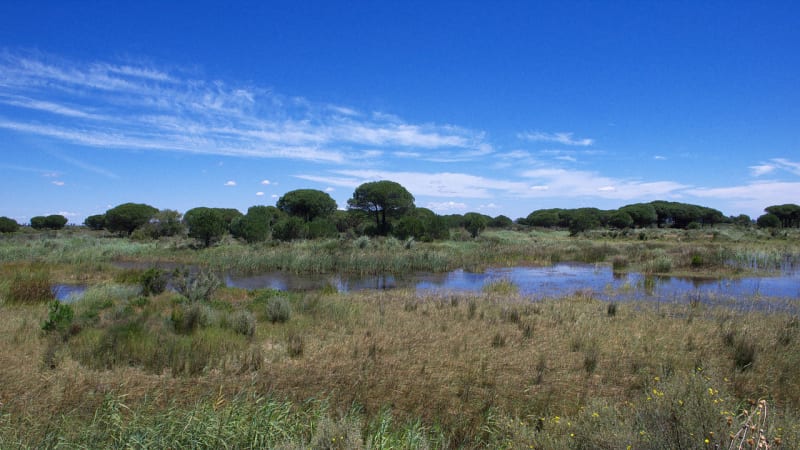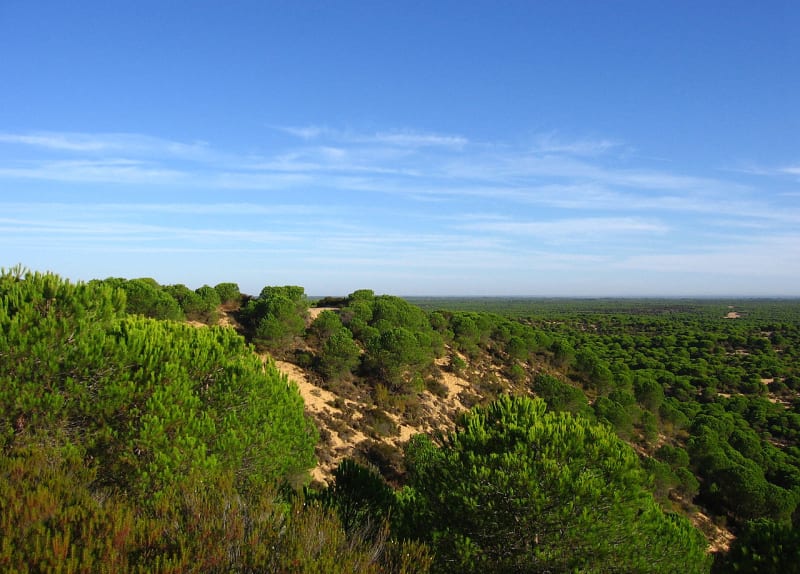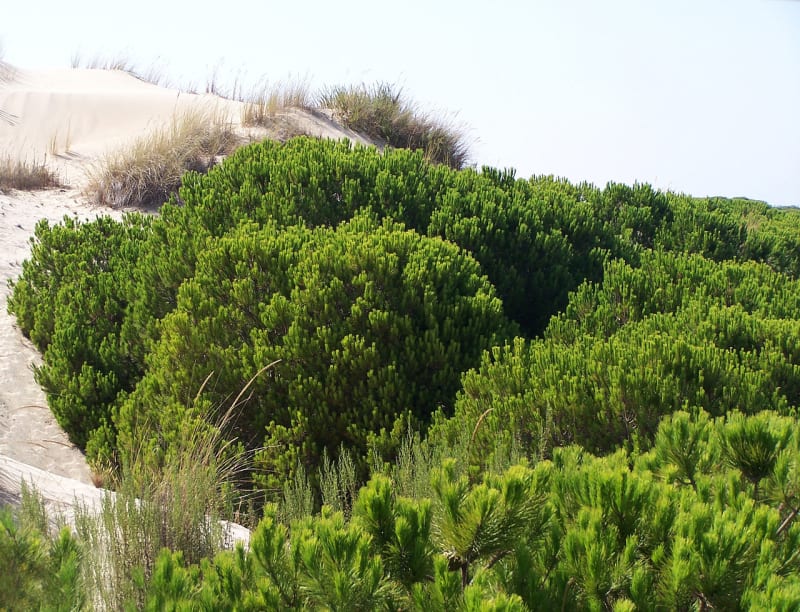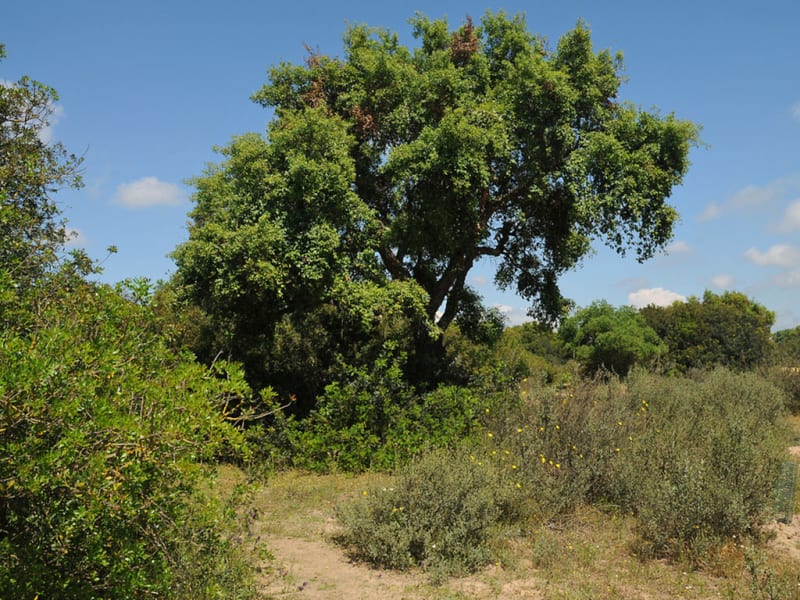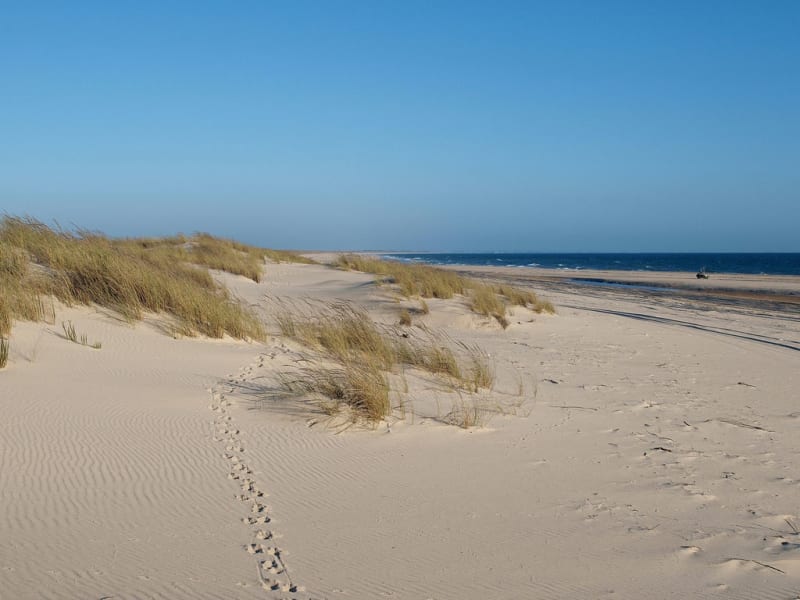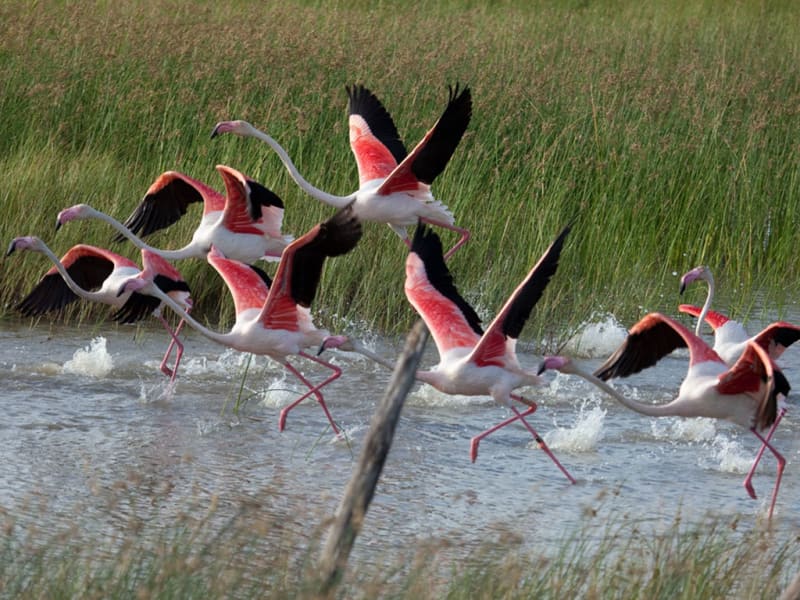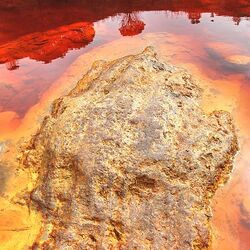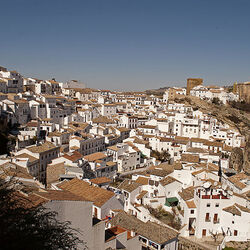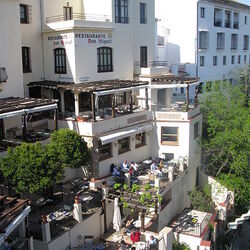Doñana National Park
Doñana is a national park in Spain, 90 kilometers south of Seville. It was founded in 1963. It covers an area of 75,800 hectares. The park protects pine forests on the dunes of the ocean coast and freshwater marshes at the mouth of the Guadalquivir River. Dongyang National Park was included in the World Heritage List in 1994.
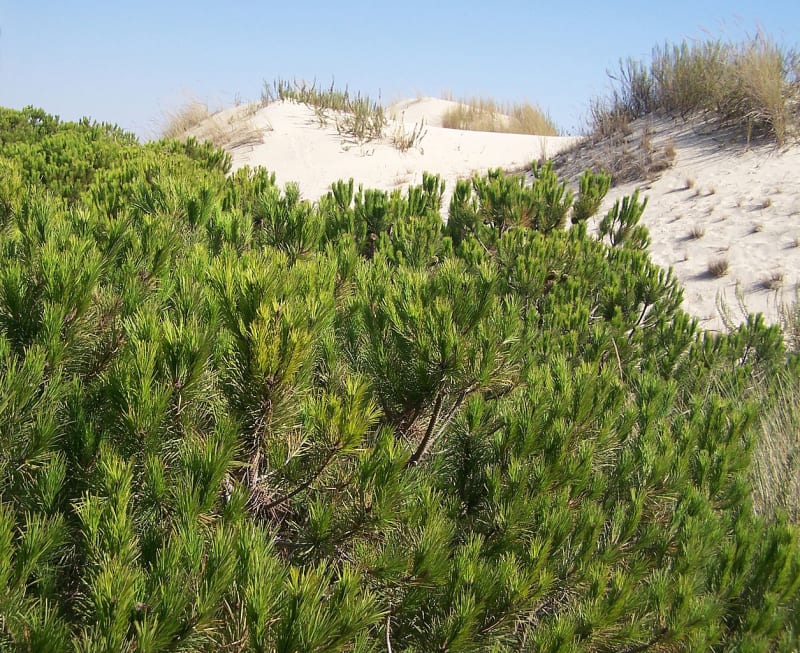
Since July 2006, the Administration of the Donyana National Park has been subordinated to the Center for the Protection of Nature Reserves of the Government of Andalusia. Naturalists and the scientific center of the park are engaged in the reproduction of birds and animals, the preservation of their habitats, and the restoration of pine and shrub plantations.
The animal world of Donyan
This is an ideal place for various species of birds, birds come here from Africa in summer, and from Northern and Central Europe in winter. More than 300 species of birds can be observed here, including geese, ducks, flamingos, herons, 37 species of mammals, including the Iberian lynx and 11 species of amphibians. Doñana Park is a haven for the Spanish Imperial Eagle, whose population has now declined to 14 pairs. The individuals are beautiful in the pink flamingo colony park.
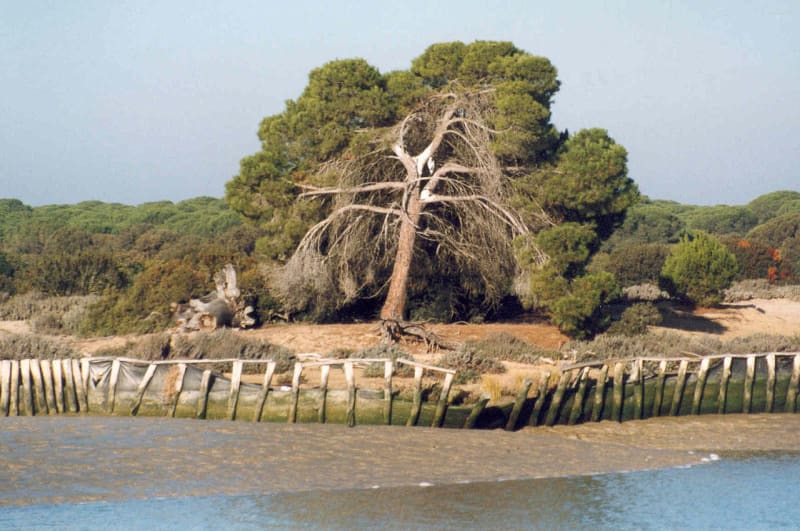
There are three main ecosystems in Dongyang Park. The largest is the swamps, some of them have salty water. On the coast of the Atlantic Ocean, you can see dunes, the height of the largest is 35 meters, they shift by about 3-6 meters per year. The zone of Mediterranean forests and shrubs is represented by cork oak, pines, thickets of heather, cedar, juniper, lavender, frankincense, rosemary. In spring, the marshes are covered with flowers. This makes it one of the most unique nature reserves in Europe.
The history of Dongyang Park
At the beginning of the 13th century, the King of Castile declared the estuary of the Guadalquivir a zone of his interests - there was a hunting reserve belonging to the Crown of Castile. Later, in the 15th century, the Duke of Medina Sedonia turned this area into his own hunting grounds and built a residence there that looked more like a museum than a palace. The artist Francisco Goya visited the Duchess of Alba in this palace during their whirlwind romance. The name "Doña" comes from the name of Dona Ana de Mendoza, who married the Duke of Medina Sidonia VII and settled in these parts. In the park you can see the signal tower, built in the late 16th and early 17th centuries to protect against pirate attacks. There are also primitive Romanesque churches, which were founded by King Alfonso 10 of Castile after the complete liberation of the territory from the rule of the Moors.
Scientific interest in this area began in the 19th century, when a complete catalog of birds found in the province of Andalusia, compiled by Don Antonio Machado and Nunes, was published. At the same time, hunters and naturalists began to collect collections of eggs and stuffed birds living in the estuary.
The easiest way to get to Doñana Park is by car from Seville via the motorway or from the nearest village of El Rocio. A bus runs several times a day from the Plaza de Armas in Seville or from the El Rocio Bus Station. The entrance to the park is strictly controlled. There are several entrances where you can get information about the nature reserve and hiking trails. One is located 500 meters from the village of El Rocio, a 3-kilometer-long trail runs along the freshwater lake and the Charco de la Boca swamp. From Playa de Castilla, you can walk along the border of the park and see the magnificent landscapes and bird colonies of the coastline.
The main entrance is located 11 kilometers south of El Rocio. There is a small cafe, a souvenir shop and a bookstore. From the center, you can walk along well-marked trails on your own - about 5 kilometers through the forest area - or book a four-hour guided tour. A private visit can be arranged. The more expensive tour options cover all three ecosystems, while the more budget-friendly ones usually cover two - forests and swamps. Several agencies are involved in excursions, so conditions and prices may vary. In addition, there are bike trails in the park, and you can arrange a horseback or boat trip upriver from Sanlucar de Barrameda in the visitor center.
